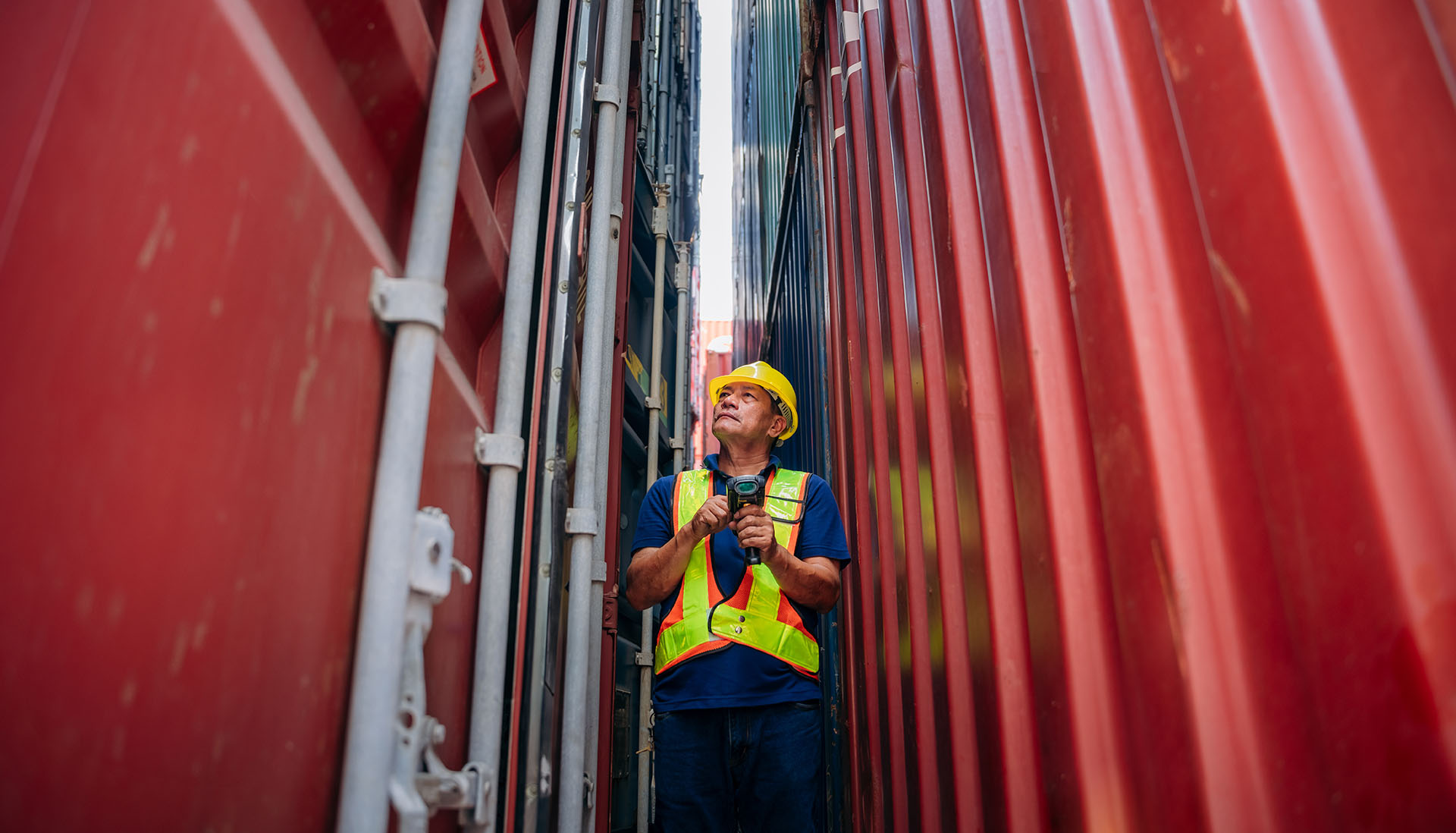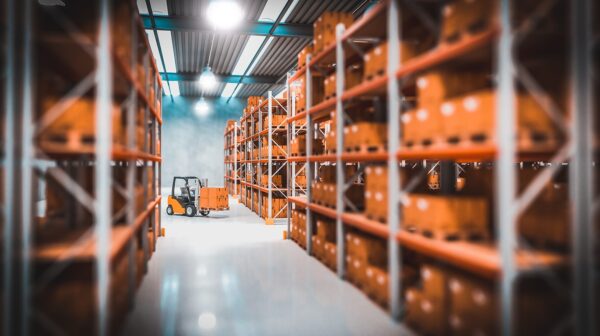The transportation and logistics industry is increasingly driven by AI as it embraces a wide range of AI applications to improve efficiency, safety, and profitability of supply chain operations.
For instance, municipalities and road authorities use AI to gather data from GPS, sensors, and cameras built into road infrastructure to monitor road density, traffic stoppages, maintenance issues, and parking space usage. AI can then make recommendations related to road improvements and redesign, including changes to the timing of traffic lights and the placement of roundabouts or crosswalks.
For logistics, AI vastly improves risk management through predictive analytics that can help identify and assess potential red flags, propose workaround solutions, and expedite the decision-making process to mitigate risks. AI provides logistics companies with far deeper insight than they have ever had before. It reduces errors by automating key processes, which allows logistics companies to become more time and money-efficient, and provides a competitive advantage compared to companies that do not use AI.
AI streamlines supply chain operations as it forecasts demand for products to avoid stockouts and overstocks, better manages inventory levels, automates warehouse operations such as “pick, pack and ship,” and expedites eCommerce deliveries. In warehousing specifically, AI minimizes the energy used and waste created by its analysis of inventory levels and demand of the products.
AI has vast applications for driver assistance. Driver behaviour, vehicle performance and road conditions can all be monitored with AI through onboard computers that gather data from a complex network of sensors such as radar, LIDAR and ultrasonic sensors. The network of sensors watches for road hazards, monitors for hard braking, improper lane changes, speeding, and more in real time.
AI can also assist in criminal investigations with its ability to automatically recognize licence plates, anticipate and prevent or detect crimes, including instances of cargo or vehicle loss or damage.
AI is already being used to program drones and eVTOLs to assist with GPS navigation, delivery drops, obstacle detection and avoidance, and contingency and emergency management. Busy ports and harbours also use AI to identify hotspots, where there is a high risk of vessel collisions and allisions, and issue warnings to ship’s crews and traffic control officers to take evasive action.
Self-driving vehicles programmed by AI are another hot topic in the transportation and logistics industry as they reduce driver compensation costs, minimize the effect of driver shortages, and increase efficiency by eliminating the need for rest breaks.
While AI can be very helpful to the transportation and logistics industry, there are still a number of issues and risks related to its use, including malfunctions, errors, or cyber-attacks, that place participants as a risk of loss, damage or delay of a shipment or a life-or-death accident. It is important for companies contemplating or already using AI in their operations to carefully consider the risks and applicable legislation before implementing AI in their practices. Working with legal counsel should be a priority to ensure their existing and future transportation and logistics agreements are updated accordingly to accurately represent their positions on important terms and conditions.
If you have any questions about adopting AI technologies in your operations, please reach out to a member of Miller Thomson’s Transportation & Logistics Group.



